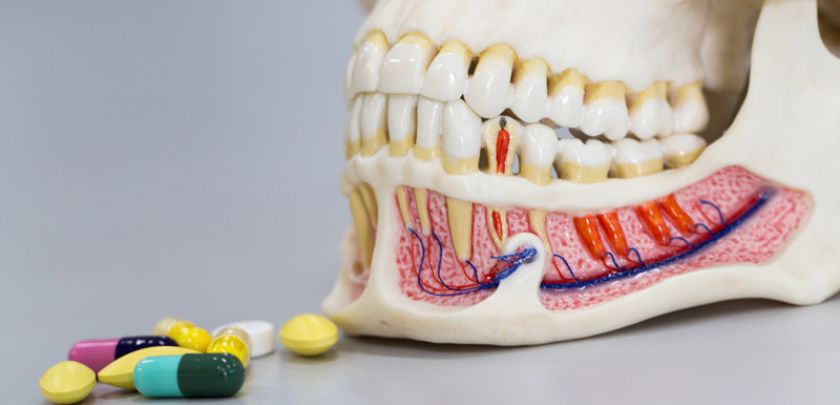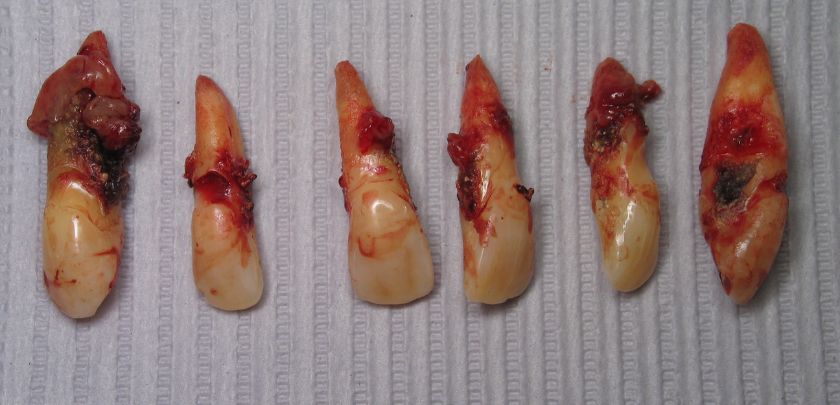$99 New Patient Special - Includes Exam, X-Ray and Basic Cleaning
All The Antibiotics Used In Gum Disease?

Gum disease, or periodontal disease, is a significant health issue that affects the tissues surrounding and supporting the teeth. It is primarily caused by bacterial infections that can lead to tooth loss if not properly managed. Antibiotics play a crucial role in the treatment of gum disease, aiding in controlling bacterial infections and reducing inflammation. This comprehensive blog will explore the various antibiotics used in managing gum disease, their mechanisms, applications, and considerations for use.
Introduction to Gum Disease
Gum disease progresses in stages, from gingivitis, a mild form characterized by gum inflammation and bleeding, to periodontitis, a more severe form that can lead to tooth loss. Bacteria and plaque buildup are the primary culprits, triggering the body’s immune response, which, in turn, causes the destruction of gum tissue and bone that support teeth.
Role of Antibiotics in Gum Disease Management
Antibiotics complement mechanical cleaning procedures like scaling and root planing by targeting and reducing the bacteria that cause gum disease. Dentists tailor their use to the severity of the infection, typically reserving them for more severe cases or when conventional treatments have not been effective.
Types of Antibiotics Used in Gum Disease
1. Topical Antibiotics
- Atridox (Doxycycline Gel): Applied directly into the gum pockets, this antibiotic gel releases doxycycline over time, killing bacteria and reducing pocket depth.
- PerioChip (Chlorhexidine Chip): The dentist inserts this small gelatin chip containing chlorhexidine into gum pockets, where it slowly releases the antimicrobial agent.
- Arestin (Minocycline Microspheres): The dentist places tiny microspheres filled with the antibiotic minocycline into gum pockets, providing sustained bacterial suppression.
2. Oral Antibiotics
- Doxycycline: Beyond its direct antibacterial effects, doxycycline can help by inhibiting collagenase, an enzyme that contributes to the breakdown of gum tissue.
- Amoxicillin: Often used in combination with clavulanic acid (as in Augmentin), amoxicillin attacks a broad range of gum disease-causing bacteria.
- Metronidazole: Dentists commonly combine metronidazole, which is effective against anaerobic bacteria, with other antibiotics to enhance their effects.
3. Systemic Antibiotics
Although topical and oral antibiotics are more common, dentists may use systemic antibiotics for severe cases of periodontal disease, especially when the infection spreads beyond the gums.
Antibiotic Stewardship in Gum Disease
The use of antibiotics in treating gum disease must be approached with care to prevent antibiotic resistance. Dentists and periodontists are mindful of antibiotic stewardship principles, prescribing antibiotics only when necessary and choosing the most appropriate antibiotic for the specific bacterial infection.
Considerations and Side Effects
The use of antibiotics, while beneficial, comes with potential side effects and considerations. These can range from mild (such as gastrointestinal discomfort) to severe (such as allergic reactions or the development of antibiotic-resistant bacteria). Patient-specific factors, including medical history and potential drug interactions, must be considered when prescribing antibiotics for gum disease.
Conclusion
Managing gum disease involves a multifaceted approach, with antibiotics playing a crucial role in controlling bacterial infections. Dentists use topical applications like Atridox and PerioChip, as well as oral antibiotics such as doxycycline and metronidazole, based on the individual’s needs and the infection’s severity. As research progresses, new antibiotics and treatment methods continue to evolve, offering hope for more effective gum disease management. However, antibiotic stewardship principles must always guide their use to maintain the effectiveness of these essential medications.
Future Perspectives
Emerging research is focusing on novel antibiotics and alternative treatments that can offer more targeted approaches with fewer side effects. The use of probiotics, natural compounds, and innovative drug delivery systems is also under investigation, which could revolutionize the way gum disease is managed in the future.
Gum disease remains a significant public health challenge, but with the judicious use of antibiotics and ongoing advancements in dental medicine, there is hope for more effective management and better outcomes for patients suffering from this condition.







